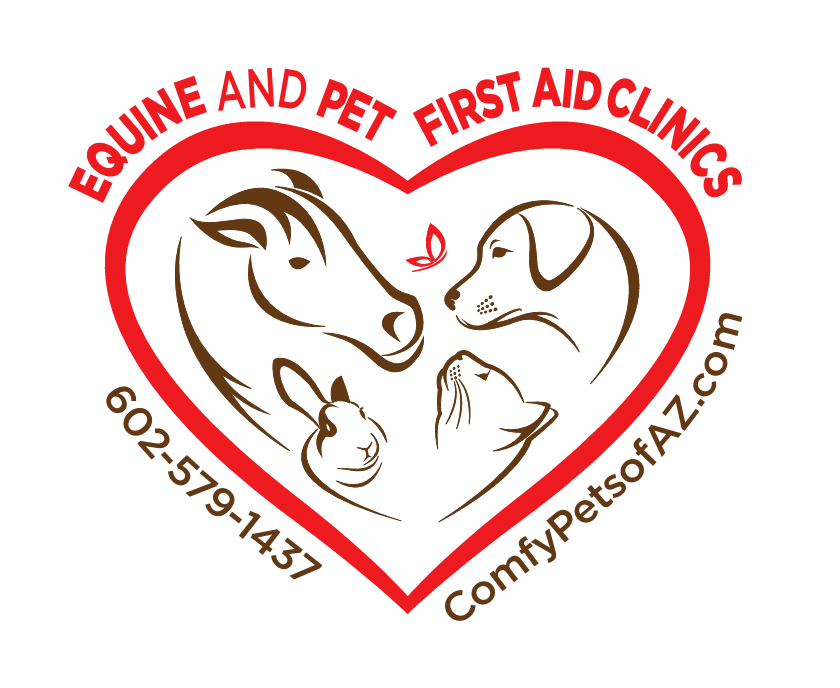Living in Arizona during the summer can definitely have it's challenges, for humans as well as our pets. For example, when I am out dog walking I must make sure that I have plenty of water for me, as well as the K9. I always wear a hat when outside and there are times I will wear a special heat scarf that gets wet and keeps me cool.
Dogs cool themselves by panting. Larger dogs, as well as bulldogs, Pekingese and other short-nosed dogs are more susceptible to heatstroke even in moderate temperatures.
Our dogs can burn their pads on the hot cement/road, so it's important that you not go for long walks during the middle of the day. In Arizona, the heat index rises between 2 pm - 7 pm, so try to walk your K9 very early morning or after 7 pm. You can test out the sidewalk by putting your palm on it or your barefoot. If it's too hot for you, then it's too hot for your pooch.
You can also purchase a "Kool Collar" by www.fillmewithice.com. You fill up the collar with ice and put on your dog. I have a couple of doggie clients that used this collar while on our walks, and it makes a great deal of difference.
A normal temperature for a dog is 101 to 103 F. A dog is in heat exhaustion when the temperature is between 103-105 F. If the temperature continues to rises (over 106 F), the dog will go into Heat Stroke, where the internal organs literally starts cooking themselves and will need immediate medical care, or may die.
If you pet is outdoors, please make sure:
- Clean water every day (if you wouldn't drink it, why would you make your pet drink it?}
- Shaded area (under the carport or a doggie house) with a blanket off the hot ground
- Feed twice a day to make sure that your pet is getting enough calories
Signs & Symptoms for Heat Stroke:
- Uncontrollable panting
- Rapid Heart Rate
- Foaming at the mouth
- Depression
- Lethargy
- Agitation
- Vomiting
- Loss of Consciousness
- Tongue & Gums can start out as Bright Red. However, the longer the dog is suffering from the heat, they will turn Blue or Grayish due to lack of oxygen
- CRT longer than 2 seconds
What to do if your dog is suffering from Heat Exhaustion or Heat Stoke:
- Bathe or hose down the pet with cool water (DO NOT IMMERSE IN A ICE BATH)
- Place the pet in a cool, well-ventilated space
- Wrap in a wet, cold sheet or towel
- Prepare to treat for shock
- Use a digital thermometer to get a core temperature (make sure you write down the vitals, so you can relay to your veterinarian).
- Get your dog immediately to a veterinarian (know where you emergency vet hospitals are located in case your vet is closed). The vet will most likely have to give your pet IV therapy to cool down
Remember, our pets are family, so treat them as such.
NEVER LEAVE YOUR PETS OR CHILD IN A CAR
TEMPS CAN REACHED 150 DEGREES
If you would like to learn more about what to do in an emergency, take a Pet CPR and First Aid class by Pet Tech Instructor, Teri Ann Tate



